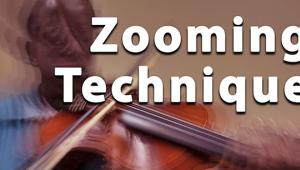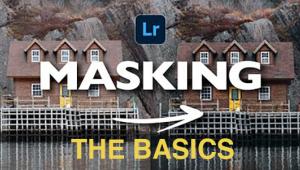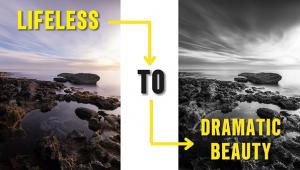The Ultimate Guide to Freezing Action in Photographs (VIDEO)

Motion blur is a very popular technique in which slow shutter speeds are used to give photos a sense of movement, and appropriate subjects span the gamut from flowing water, clouds blowing across the sky, and even action shots of athletes. This effect can be achieved in the camera or during post processing.
The tutorial below takes the opposite approach by demonstrating several methods for shooting photos that freeze action to capture a dramatic moment. And, here again, there are numerous opportunities for using this striking technique whether you’re photographing dancers on the stage, a jet screaming across the sky, or birds and other types of fast-moving wildlife in their natural habitat.
Instructor Robert Hall is a Michigan-based pro who says that effectively freezing a fleeting slice of time is all about image sharpness. He compiled his favorite tips and tricks for the video below, that he calls “The ultimate guide to freezing action in photography.”

In barely 11 minutes Hall covers everything you need to know, from recommended camera settings for various situations, and the best equipment for the job, to composition, shooting techniques and more. And you can find a list of Hall’s preferred gear in the description beneath the video.
Hall divides his methods into three main categories: Shooting outdoors with available light, adding a bit of flash when making images in the great outdoors, and getting the job done indoors with simple supplemental light. These three methods each require a different approach that you’ll find easy to accomplish by following Hall’s straightforward advice.
The episode begins with a few fundamentals regarding the difference between motion blur and freezing a subject. One key consideration is how fast your subject is moving. Other factors deserving of attention have to do with camera-to-subject distance and the focal length of your lens. From there Hall moves on to the important aspects of the three lighting scenarios mentioned above.

After watching this video head over to Hall’s instructional YouTube channel where there’s much more to learn.
We also recommend you watch a tutorial we posted in the past, explaining an easy way to add motion blur to landscape images in Photoshop.
- Log in or register to post comments












































